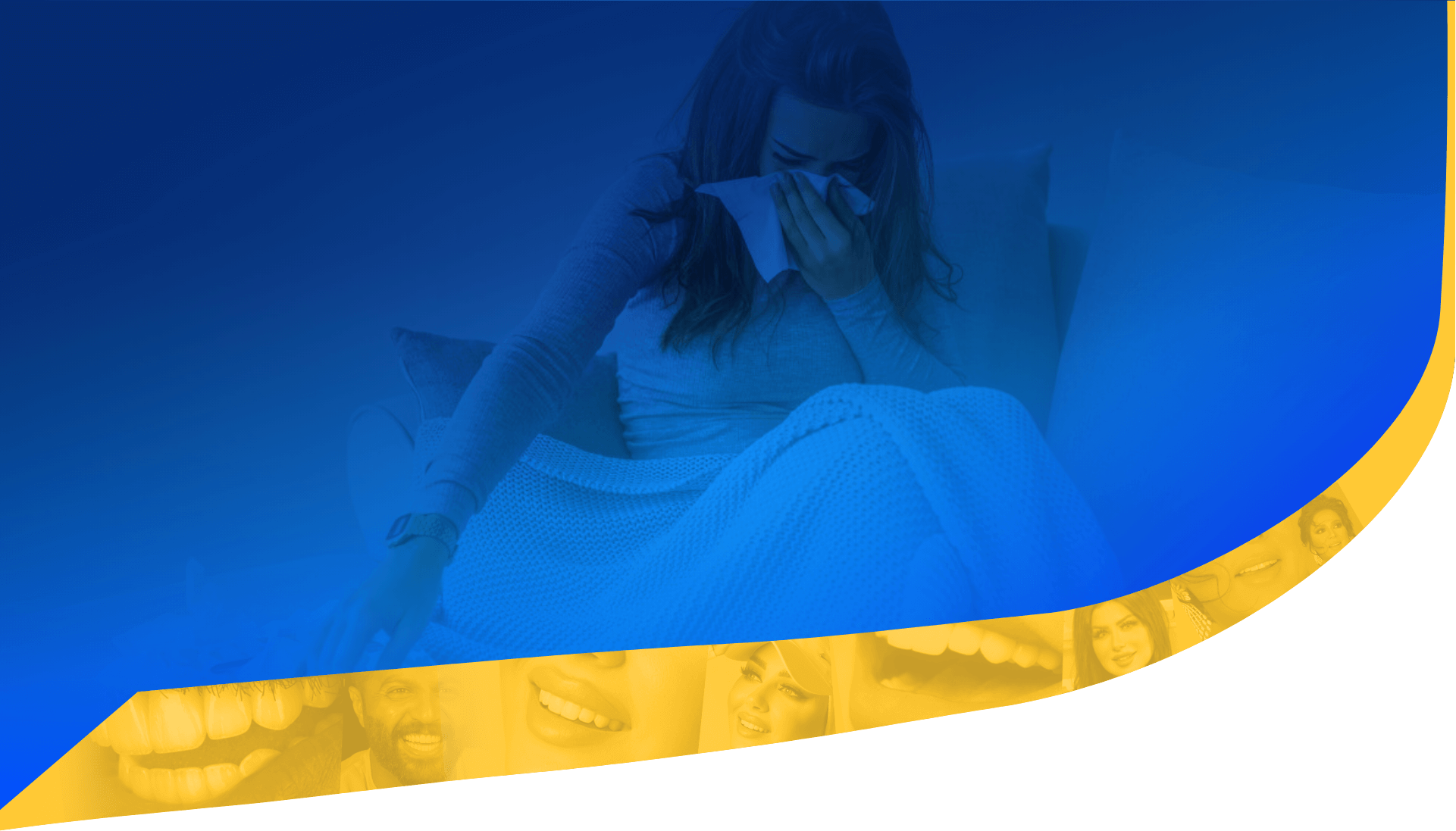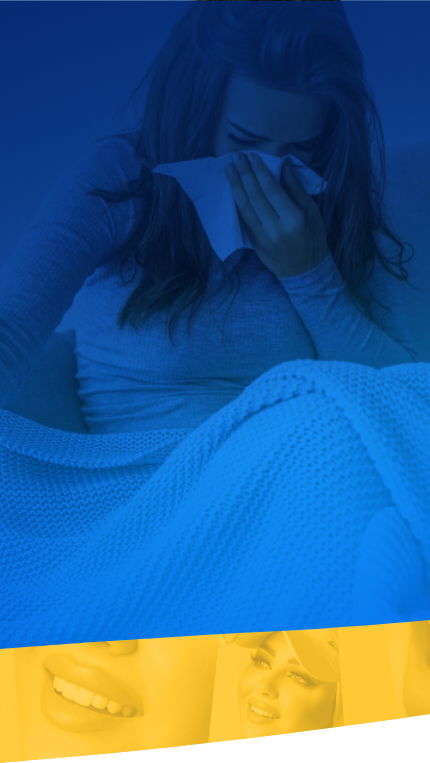Children

It is true that your baby's temporary teeth will only live for a few years, but his acquisition of oral and dental hygiene habits will last a lifetime. These habits protect your child from toothache and will give him shiny teeth that increase his self-confidence.
How a mother can help her children take care of their teeth and prevent caries:
The best way to teach the child to take care of his teeth is to be a role model for the mother. Because if she takes care of the cleanliness of her teeth on a regular basis, she will show him the importance of oral and dental hygiene indirectly. A mother should also use fun and entertaining dental care techniques when teaching her child. E.g:
- To invite him to brush his teeth with her while she brushes her teeth.
- To allow her child to choose his own toothbrush.
- Give him colored stickers every time a child brushes his teeth.
You buy him a gift that he likes if he collects a certain number of colored stickers (if he regularly brush his teeth).
The mother should help her child to protect her teeth and gums and thus help him reduce the risk of tooth decay by following the following simple steps:
- Always urge the child to brush his teeth at least twice a day in order to remove the plaque layer that sticks to the teeth causing decay.
- The use of fluoride toothpaste, because of the properties of fluoride that strengthen teeth and thus prevent caries.
- Use dental floss daily to remove plaque from between the teeth and also remove it from the edge of the gums, before the plaque layer accumulates over time forming lime. The lime layer can only be removed by visiting the dentist.
- Eating healthy diets that help your child avoid eating starchy or sugary foods that cause tooth decay.
- A mother should let her child get used to eating sugary foods as part of a major diet and not as one of the snacks that their child may eat among the main meals (saliva produced inside the mouth during a major meal washes or rinses small food particles from the mouth, specifically on teeth and gums).
- Last but not least a mother should take her child to visit the dentist regularly twice a year.
What are the correct teeth cleaning methods that a mother can teach her child?
The mother should continue to supervise her baby while brushing his teeth to make sure that he follows the steps listed below as required:
- Apply a thin layer of baby toothpaste that contains a low percentage of fluoride. It is important for a mother to warn her child not to swallow any large amounts of toothpaste.
- Use a soft toothbrush.
- The child should begin to brush the surface of each tooth from the inside (the side of the tongue) where these inner surfaces form the places where plaque accumulates the most.
- Cleaning the outer tooth surfaces of each tooth for each tooth. This ensures that the mother cleans his teeth from the outside, especially the parts of the tooth adjacent to the gum borders.
- A dental cleaning should be done by moving the toothbrush back and forth.
- Brush the surfaces of the mills for each tooth. So the cleaning process is done back and forth gently and gently.
- Use the edge of the toothbrush to clean the front teeth from the inside, both the lower and upper front teeth.
- Guide the child to clean the tongue and consider it amusing.
When to use dental floss to brush your teeth:
The mother should use dental floss to brush her baby's teeth at the age of four because it is of great importance in removing small food particles and plaque from among the teeth that the toothbrush cannot reach and remove. When the child reaches the age of eight, he or she can count on himself to brush his teeth using floss.
What is a roof protector and how can I know about my child's need for it:
Sealant protects effective barriers against caries. The roof protector is a plastic cover placed on the surfaces of the permanent back teeth, which are one of the teeth most prone to decay. Applying a sealant to the teeth is painless and requires no more than one visit to the dentist. As for the extent to which the child needs the sealant, the dentist himself determines it.
What is fluoride and how does the mother know that the baby gets enough of it:
Fluoride is one of the best ways to help prevent tooth decay. Fluoride is a natural mineral that can combine with the enamel layer (the outer layer of the teeth) gives it a strength to fight caries. If you notice that your child's caries are very high despite following oral and dental hygiene guidelines, check with your child's specialist dentist or attending dentist to prescribe certain doses of fluoride or a fluoride mouthwash along with the fluoride contained in toothpaste.
What is the importance of healthy meals that are good for the health of your baby's mouth and teeth:
Eating large amounts of sweets is the most important factor that leads to tooth decay. Healthy nutrition helps the baby grow strong, firm and caries-free teeth. The mother should make sure that her baby's main meals contain large amounts of calcium, phosphorus, and sufficient amounts of fluoride along with adequate amounts of vitamins and minerals.
If fluoride is one of the most important factors to help protect a child's teeth from tooth decay, eating snacks and sweets constantly is one of the most important factors causing caries. Sugars and starches found in many foods or snacks that a child may eat such as biscuits, sweets, dried fruits, soft drinks, and potato chips with plaque on the teeth are decomposed and are harmful acids that form a sworn enemy of the teeth. They attack tooth enamel and this in turn leads to their decay.
What can a mother do when a child breaks a tooth:
The mother should immediately contact the dentist when there is an injury to the baby's mouth. Your dentist needs to examine the affected part of the mouth to determine the appropriate treatment method.
It is also necessary for the mother to rush to see the dentist if her child is in pain due to a fracture, or crack in one of his teeth. A mother can give her child an analgesic to ease the pain until the baby is with the dentist. It is preferable for the mother to keep any broken or broken parts of her child's tooth and show it to the dentist, if possible.
If the child's tooth falls or falls due to injury, the mother should take the tooth to the dentist as soon as possible. Hand over the tooth as it is to the doctor (i.e. do not wipe it or use any other cleaning method). All she has to do is put the tooth that fell into a glass of cold milk until she reaches the dentist. The reason for this is to keep the tooth cells wet, keeping them alive, thus making it easier to replant the tooth in place inside the baby's mouth.














comment